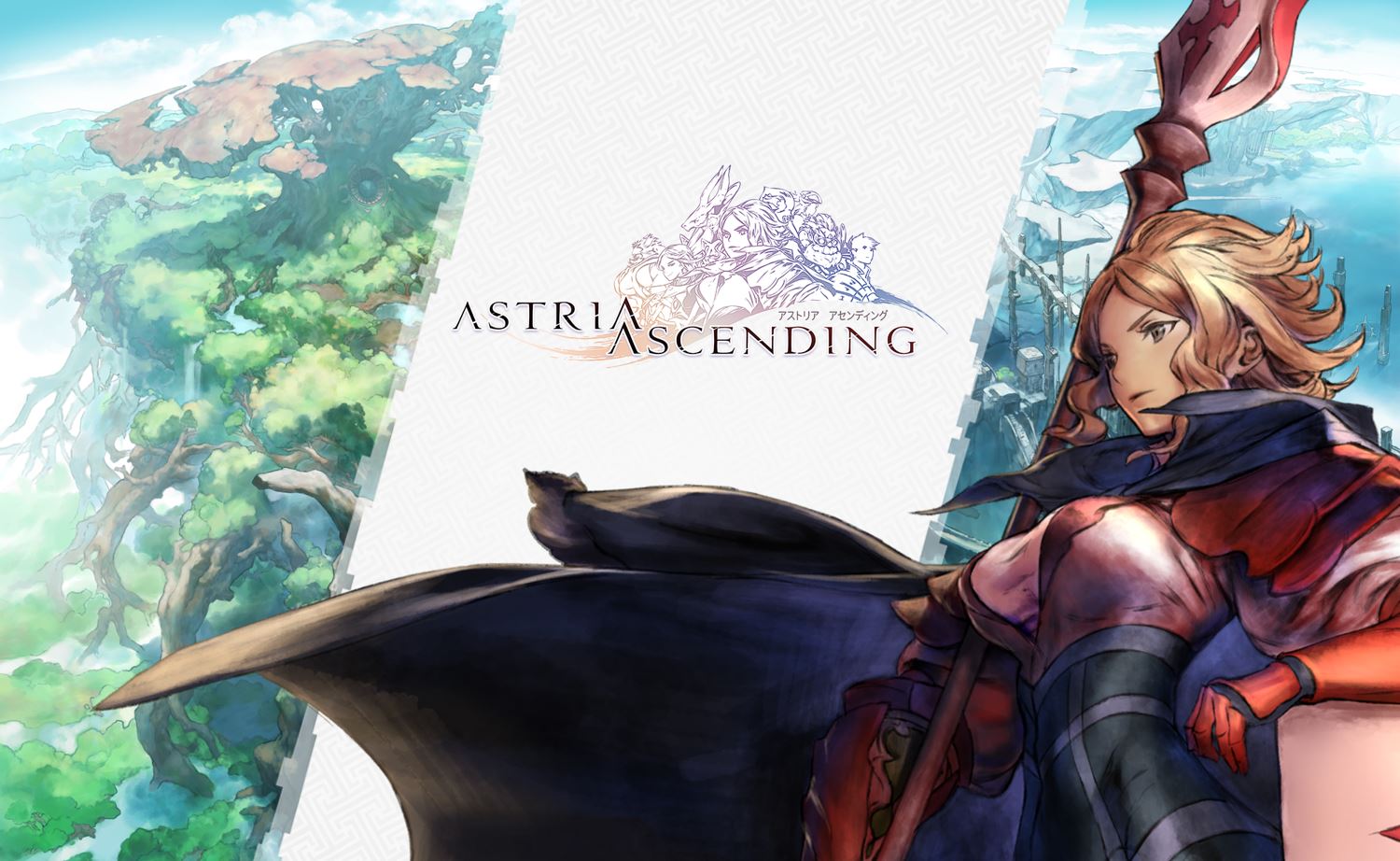Astria Ascending has come a long way since its initial launch. Released on iOS as Zodiac: Orcanon Odyssey in 2015, Artisan Studios is undertaking a full gameplay reconstruction, retaining Zodiac’s world but implementing an overhauled story.
With several Final Fantasy veterans onboard like Hitoshi Sakimoto and Kazushige Nojima, that version launches on September 30 for PC and consoles, sporting a lovely visual presentation. Promising 25 dungeons, five explorable cities, and 30-50 hours of gameplay at full release, our hands-on preview only covered 1/10 of that.
Astria Ascending Preview: A Competent RPG That Never Truly Soars
Astria Ascending takes players to Harmonia, an idyllic world split between five cities. Protected by eight Demigods, these mighty individuals serve for three years before ascending to the next plain, replaced by a new group. Having reached the 333rd set of Demigods, this story sees them investigating mysterious creatures called Noises, who’ve begun attacking cities and appearing in unusual locations.
Each character has their own story, and to begin, you’ll play as Ulan Merer, leader of the 333rd. She’s joined by Eko, Dagmar, Kaydin, Alek, Kress, Arpajo, and Alassia, who are all available immediately. In that regard, Astria’s quite refreshing compared to other RPGs, as companions often don’t arrive until later on.
Each Demigod is customizable with basic combat gear and accessories, but you can develop them further with Astria‘s job system. While Demigods hold a base job — the choices of which range between your standard RPG options of captain, soldier, and thief — they can be assigned three additional jobs — main, sub, and support — later on.
Crucially, they offer new combat abilities through the Ascension (skill) Tree, alongside stat boosts like extra HP or defense. To unlock those, you’ll spend skill points (SP), which are earned through completing battles, and each character has a separate SP allowance.
Once you’ve prepared your party, you’ll go exploring across 2D locations.
Much of this preview involved exploring dungeons, jumping across ledges as in an old platformer, finding treasure chests for new items and currency, and taking down Noises.
Upon reaching a Noise, which appear as large bubbles, you can pre-emptively strike by slashing it, increasing your probability of going first when combat begins. However, if a Noise approaches you from behind, they’ll always start first. If you’re not up for fighting, you’ll quickly find a zodiac ring that freezes them, letting you jump straight over them and skip the fight.
Should you battle, you’ll enter a round of turn-based combat, where each combatant holds weaknesses and resistances. Alassia, for example, resists Water attacks but is weak to Lightning, whereas Kress hates Fire but is strong against Ice.
Between choosing a physical attack, MP abilities like elemental magic and healing, guarding, choosing items, retreating, and swapping party members, combat’s very straightforward for an RPG. Later in our demo, Alassia learns how to summon Astraes, too, powerful beings capable of fierce attacks that temporarily replace your party.
If a character proves ineffective, rather than swap them out, you can allocate focus points (FP), earned by exploiting enemy weaknesses or choosing the “focus” command, for increased damage output, meaning characters spend their turn charging the meter. That increases damage by 50% per FP, going up to a maximum of four points, and it’s an interesting system that prevents characters from feeling useless in battle.
For challenge seekers, there are four difficulties to choose from, but there are other options too. You can disable field encounters and enemy respawns in dungeons, turn off XP/ SP Gain/ items/Lum (currency) gains, alongside deciding how much XP backup party members earn, making Astria more accessible.
Outside of dungeons, Astria Ascending features a minigame called J-Ster, where you challenge inhabitants across the game’s cities. Using a 7-slot hexagonal grid, you have 5 tokens, and you’ll aim to flip over an opponent’s pieces.
To do that, your token’s value must be higher than the defender’s and depending on your chosen attack angle, tokens can potentially block those moves. It’s not especially deep, but J-Ster is an enjoyable distraction.
There are certainly merits to Astria Ascending, but unfortunately, this preview never truly captivated me. Astria’s story was still finding its feet when things ended for me, combat felt functional if mostly unremarkable, and dungeon exploration teetered on tedium. It was never terrible, but major gameplay systems simply felt uninspired.
Ultimately, I left Astria Ascending’s preview without any strong feelings. Artisan Studios has established foundations for an entertaining RPG, sure, and though Astria never does anything specifically wrong, it never excels, either.
Featuring a good presentation, intriguing FP system, and gameplay customization, there are a few things RPG fans will enjoy, but as it stands, I’d struggle to recommend Astria over other games. I’m hopeful a longer playthrough will convince me otherwise.







Published: Aug 20, 2021 11:08 am